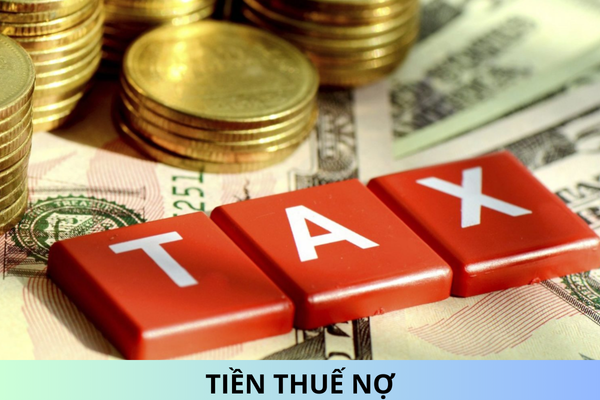How much market shares do two enterprises have to be considered to hold a dominant position on the market in Vietnam?
How much market shares do two enterprises have to be considered to hold a dominant position on the market in Vietnam?
I and another enterprise are in the same business, we have a relatively large market share in the relevant market, so when are we considered a group of businesses that are considered to hold a dominant position on the market?
How much market shares do two enterprises have to be considered to hold a dominant position on the market in Vietnam?
Pursuant to Clause 2, Article 24 of the 2018 Competition Law, a group of enterprises shall be considered to hold a dominant position on the market if they jointly cause anti-competitive effects and have substantial market power as specified in Article 26 of this Law or their total market shares fall into one of the following cases:
a) Two enterprises having the total market share of 50% or more on the relevant market;
b) Three enterprises having the total market share of 65% or more on the relevant market;
c) Four enterprises having the total market share of 75% or more on the relevant market;
d) At least five enterprises having the total market share of 85% or more on the relevant market.
Thus, if your business is the remaining enterprise, if it has a total market share of 50% or more on the relevant market or jointly cause anti-competitive effects and have substantial market power, it is considered to hold a dominant position on the market in Vietnam.

Factors that determine substantial market power in Vietnam
Pursuant to Clause 1, Article 26 of the 2018 Competition Law, substantial market power of an enterprise or group of enterprises is determined based on some of the following factors:
a) Market shares of enterprises on the relevant market;
b) Financial strength and size of the enterprise;
c) Barriers to market entry and expansion to other enterprises;
d) Ability to obtain, assess, control the goods distribution/consumption market or sources of supply;
dd) Advantages in technology and technical infrastructure;
e) Right to own, obtain and assess infrastructure;
g) Right to own or use subject matters of intellectual property;
h) Ability to transfer to other sources of supply or demand associated with other goods and related services;
i) Particular factors in the sector that the enterprise runs the business.
Best Regards!










